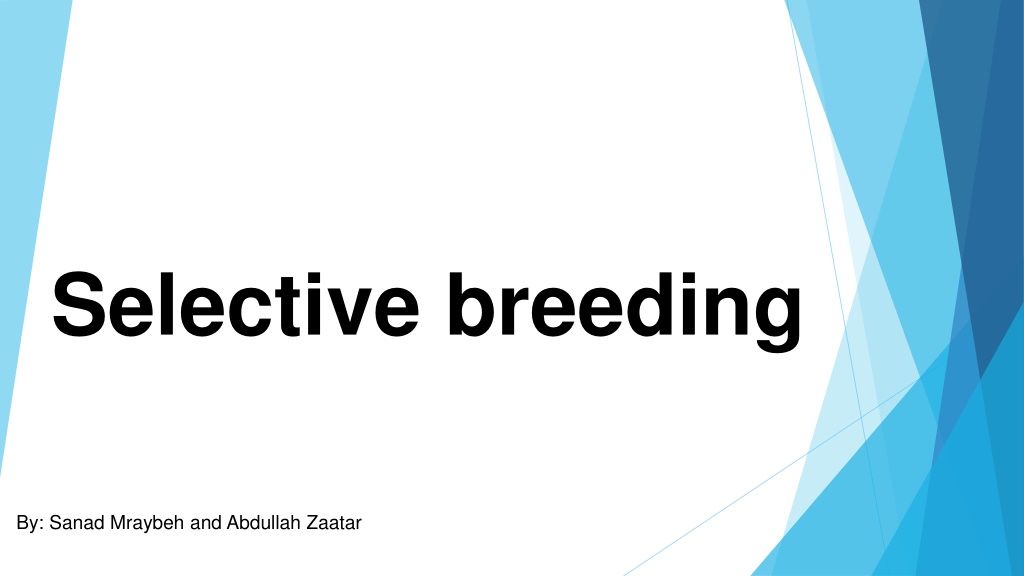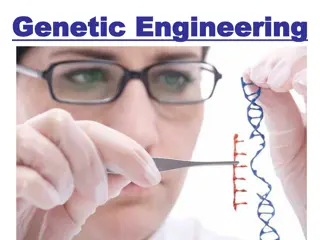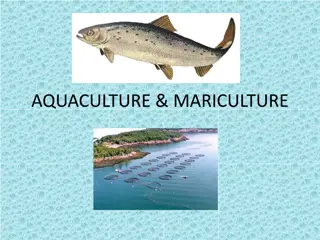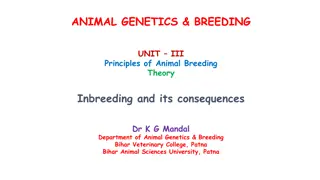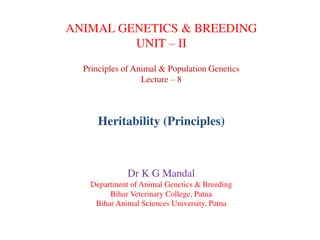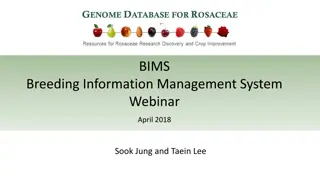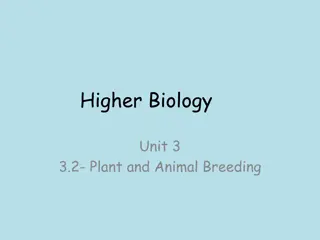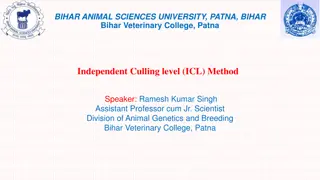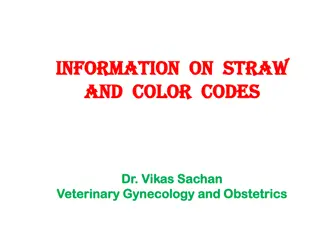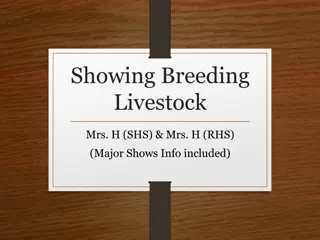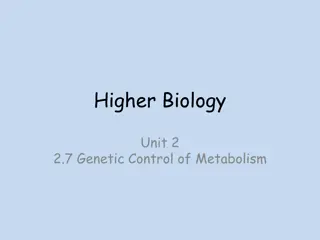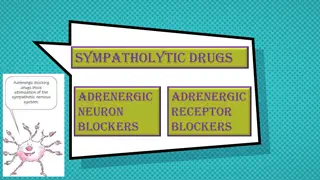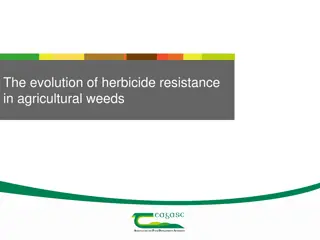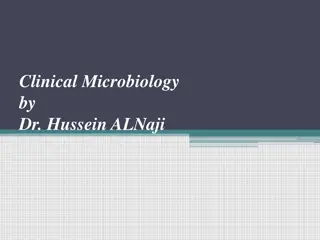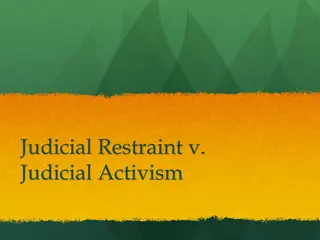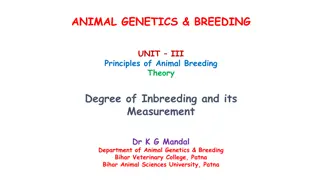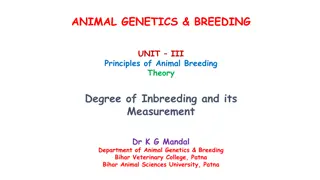Understanding Selective Breeding: Benefits and Process
Selective breeding is a method where humans control the breeding of organisms to emphasize or eliminate specific traits. By choosing parents with desirable characteristics, breeders aim to create offspring with those traits. While advantageous for creating economically important varieties, it can also narrow the gene pool and hinder future breeding. The process involves selecting desired parents, mating them, and repeating the cycle over generations. Understanding the steps and implications of selective breeding is crucial for achieving desired outcomes.
Download Presentation

Please find below an Image/Link to download the presentation.
The content on the website is provided AS IS for your information and personal use only. It may not be sold, licensed, or shared on other websites without obtaining consent from the author. Download presentation by click this link. If you encounter any issues during the download, it is possible that the publisher has removed the file from their server.
E N D
Presentation Transcript
Selective breeding By: Sanad Mraybeh and Abdullah Zaatar
What is Selective breeding? Selective breeding is the process by which humans manage the breeding of organisms to either express or eliminate a particular characteristic.
Why do breeders use Selective breeding? Selective breeding is a process of selecting parents from plants or animals that have desirable characteristics. The hope is that the offspring will inherit these desirable characteristics, allowing future generations to benefit from the chosen changes.
Advantages and disadvantages of selective breeding Advantages: new varieties may be economically important by producing more or better quality food. example: farmers selectively breed different types of cows with highly desirable characteristics in order to produce the best meat and dairy so they can make the most profit. Disadvantages: it can lead to a reduced gene pool, making it more difficult to produce new varieties in the future.
What are the 3 steps of selective breeding? 1.Choose what you want, Choose parents who already have some of the desired characteristics, and then breed them together. 2.Select offspring that are the most similar to what you want to be the new parents. 3.Repeat the process over many generations.
Now that we have finished explaining Selective breeding, let s see what you have learnt. which one of these is the definition of selective breeding? 1. the process by which humans manage the breeding of organisms. 2. the process where organisms are better adapted to their environment.
If u want a big cat with blue eyes which cats would you mate? 1. a small female cat with a small male cat with green eyes. 2. a big female cat with a big male cat with blue eyes.
If you want a small dog with big ears which dogs would u mate? 1. a big female dog with a big male dog with big ears. 2. a small female dog with a small male dog with big ears
